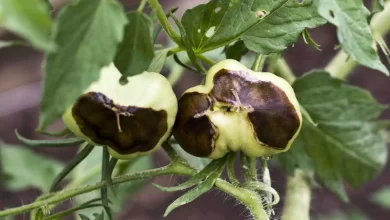Prune Cherry Trees: [Importance, Season, Tools, Considerations and Steps]

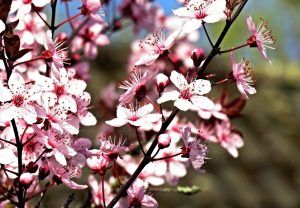 Cherry pruning is very important if we want to keep the tree healthy and ensure a good production of cherries.
Cherry pruning is very important if we want to keep the tree healthy and ensure a good production of cherries.
Knowing that cherries are so valuable in the gastronomic world, you cannot afford a poor or poor quality harvest.
Of course, this is an action that you must carry out with a specific procedure in mind to achieve the best results. And while we’re at it, here we’ll tell you exactly what a professional gardener would do to keep everything in top condition.
Why prune cherry trees?

The main idea when pruning cherry trees is to improve their production by carrying out a planned renewal of the structure of the branches.Of course, this is also helpful in ensuring better plant health.
Pruning also helps during the growth and development process of the tree because it makes it easier to give it the desired shape.
When is it better to carry out cherry pruning?
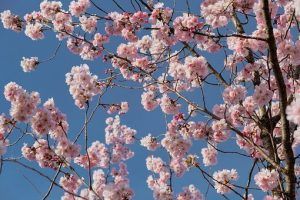 Cherry trees must be pruned during the vegetative period (where there are still leaves) because they will be better able to recover.
Cherry trees must be pruned during the vegetative period (where there are still leaves) because they will be better able to recover.
This means, at the beginning of spring or during the fall, after the productive stage has finished.
There are people who dare to prune during the winter but this represents a great risk that the tree will not recover well. So it is better to avoid it.
What tools should we use to prune cherry trees?
Pruning can be done with garden shears because its branches are more or less thin. These scissors must be previously disinfected, preferably with alcohol, and well-sharpened to ensure firm and clean cuts.
Electric or gasoline saw
If your cherry tree is adult, large and strong, you can opt for more powerful tools. Such as electric saws or gasoline saws.
They will save you a lot of work and you will be able to carry out the pruning of the cherry tree at a higher speed. However, beware: these tools are delicate and an accident with them can be terrible.
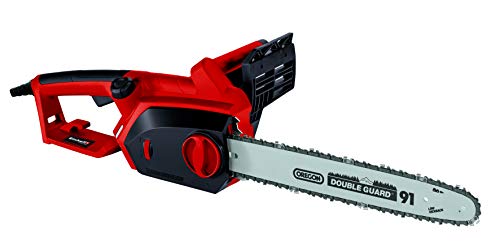

pruning shears
In this case, pruning shears are an excellent option to be able to remove protruding twigs and suckers and in this way condition our cherry tree so that it has a more ornamental shape or its interior is aired.
Another option may be saws. Much more powerful than pruning shears, for thicker branches. They do not need electricity or gasoline. Plus, you’ll get some exercise.
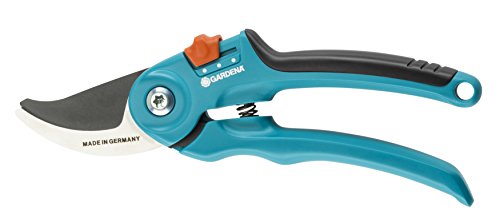

Gloves, avoid possible damage
To avoid damage to the hands, it is also recommended to use gloves.
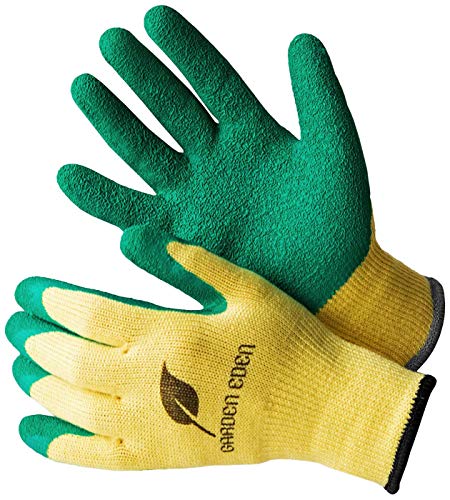
What considerations should we take into account when pruning cherry trees?
The definition of the objective that the pruning will have is the first consideration to have because it can be of various types. It is also necessary to recognize the characteristics of the branches of the tree, being more decisive to differentiate the mixed branches from the wooden branches.

The mixed branches are those that have a flower -producing structure. That is to say, from here is where the buds will come out so that the cherries are born. In the case of wood branches, they only have the capacity to create wood buds, so they have a structural function, not fruit.
How to prune cherry trees without damaging the tree?
Cherry pruning is carried out under two main guidelines: formation and production.
formation pruning
It is the one that is carried out in the first years of life and that will determine the state of the tree in its adult stage.Here you can decide between two main ways:
Pyramid
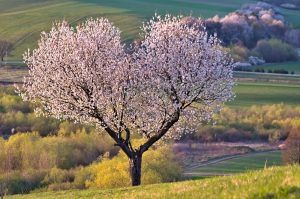 It is a pruning that allows the secondary branches of the tree to be distributed by floors (to give the shape of a pyramid).
It is a pruning that allows the secondary branches of the tree to be distributed by floors (to give the shape of a pyramid).
Achieving this result can take up to 4 years because you need to allow the branches to grow to a certain length in order to prune them to the point you want.
The normal thing is that the distance between one floor and another is 80 centimeters and that the tree has a maximum of 20 secondary branches.
Volume
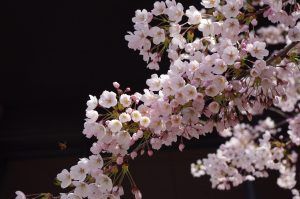 In this case, what is sought is to establish the height of the tree based on the definition of the trunk.
In this case, what is sought is to establish the height of the tree based on the definition of the trunk.
It can be of reduced glass, where the trunk will measure between 20 and 25 centimeters and facilitates the later collection of fruits.
The other option is a regular glass that leaves the trunk up to a maximum of 60 centimeters and then it is sought that the secondary branches remain at the same height.
production pruning
After the tree has started the fruit production process, care in terms of pruning will be aimed at maintaining its good conditions. Logically, the tree will continue to grow and you will need to take care of trimming the secondary branches so that they are not excessively high.
A similar case occurs with the trunk, which will have to be trimmed when appropriate. Other actions that correspond to production pruning are:
- Remove suckers as soon as they are noticed appearing from the main branch.
- Cut branches that are dry or diseased.
- Remove branches that are bumping or entangling each other.
- To sprout the tertiary branches that are not very productive to improve the distribution of nutrients and thus achieve better conditions in the other branches.
Pruning is not a very complex task, but you do have to pay close attention to ensure that everything is fine, since the good health of the tree depends on it. That is why each one must be planned carefully enough and following the recommended instructions.

The result? A beautiful, healthy tree that will give many fruits as a reward.
Maybe you are also interested in:

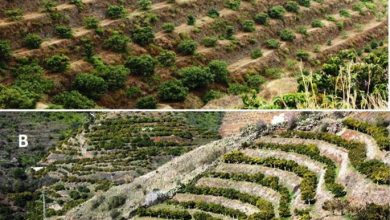
![Photo of Olive Tree Cuttings: [Concept, Season, Rooting and Planting]](https://www.complete-gardening.com/wp-content/uploads/2022/08/olive-tree-cuttings-concept-season-rooting-and-planting-390x220.jpg)

